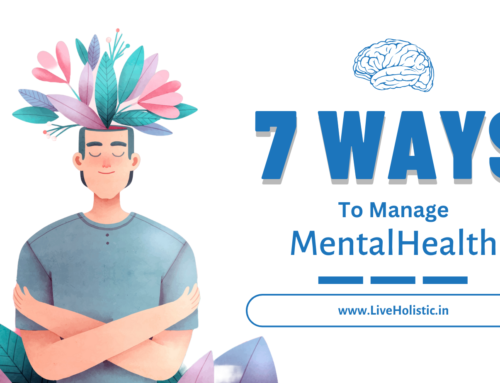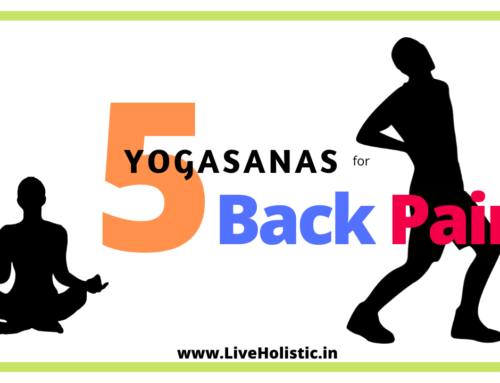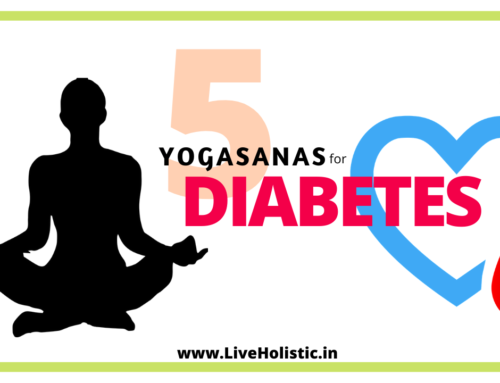What Is Siddhasana?
The word ‘siddha’ exactly means “the secret mysterious powers”. ‘Asana’ means “pose”, therefore when joining together; siddhasanamean “pose for revealing secret powers”.
Nāsanam siddhasadrśam
– (Hatha Pradipika 1/45)
There is no Asana like the Siddhasana.
In hatha yoga texts, siddhasana is considered to be the best asana. It is superior to all asanas. Its method of practice is described below.
Yonisthānakamangghrimūlaghatitam Krtvā drdham vinyaset
Mendhre pādamathaikameva hrdaye Krtvā hanum susthiram
Sthānuh samyamitendriyoachaladrśā paśyedbhruvorantaram
Hyetanmokshakapātabhedajanakam Siddhāsanam prochyate
– (Hatha Pradipika 1/37)
Press firmly the heel of the left foot against the perineum, and the right heel above the male organ. With the chin pressing on the chest, one should sit calmly, having restrained the senses, and gaze steadily the space between the eyebrows. This is called the Siddha Âsana, the opener of the door of salvation. For females, the same asana is termed as Siddhayoni asana.
Why Siddhasana?
Erect sitting meditating yogic asanas are considered to be pleasant and comfortable as less energy is spent in this posture than other. Also, Out of the 84 Asanas, according to Swami Swatmaram, Siddhasana should always be practiced, because it cleanses the impurities of 7,000 nâdîs. By contemplating on oneself, by eating sparingly, and by practicing Siddhasana for years, the Yogî obtains success. It is said that other postures are of no use when success has been achieved in Siddhasana
Let’s see what science has to say about Siddhasana. Many cardio-ventilatory responses were studied in states of the horizontal supine, chair sitting and Siddhasana. It was observed that sitting in Siddhasana posture was characterized by greater minute ventilation, larger tidal volume, higher oxygen consumption, greater CO2 elimination, higher heart frequency, greater pulse and lesser as compared with other two postures. These observation suggest that Siddhasana is a mild type of exercise and may have its application in conditions of low cardio-respiratory reserves especially in individuals in whom heavy exercises are contra-indicated.
Steps of Siddhasana
- First sit comfortably on the floor, keep your legs close to each other.
- Now keep your left foot at the perineum. (The area is that the soft tissue between the anus and also the male reproductive gland). Females ought to place their left foot within the labia majora of the vagina.
- Now keep your right foot over your left foot.
- To create the pose steady, slide your right foot toes into the gap between the left calf muscles.
- Your knees ought to touch the ground.
- Keep your spine erect during the process.
- You can press your chin against the chest.
- Keep focusing in the space between the eyebrows.
- You have to attentive to your respiration process.
- Breathing should be natural and deep.
- Place your hands on the knees, or you can make Jnana gesture of Chin gesture with the fingers.
- Remain in this position for as long as you can.
The Benefits
- Helpful in meditation.
- Helps in the better flow of energy through the body.
- The chakras of ‘Mooladhara’ and ‘Swadhistana’ are stimulated.
- Helps to have greater control over their sexual urges.
- Helps to stabilize and calm the nervous system.
Safety Measures
- People who have had recent surgeries in their back or hip region should not practice the Siddhasana.
- Lower back pain sufferers are also recommended not to practice this asana.







Leave A Comment